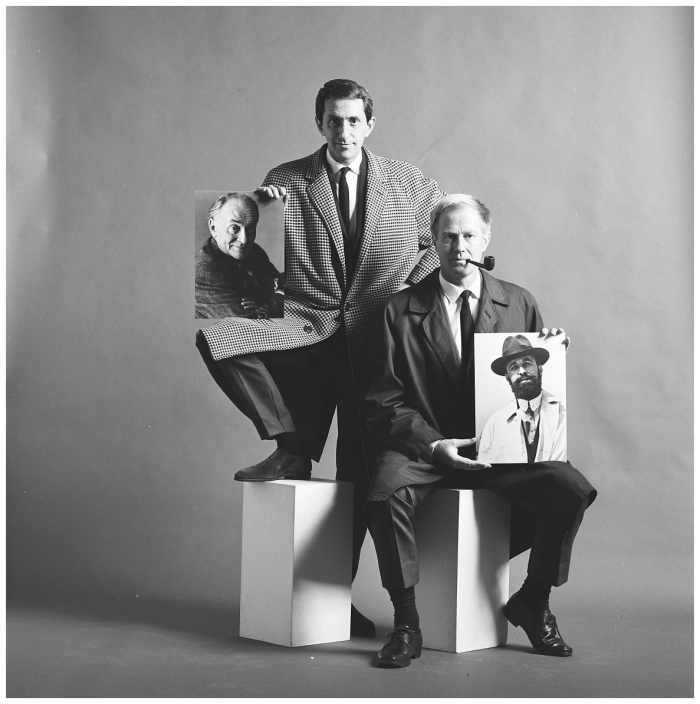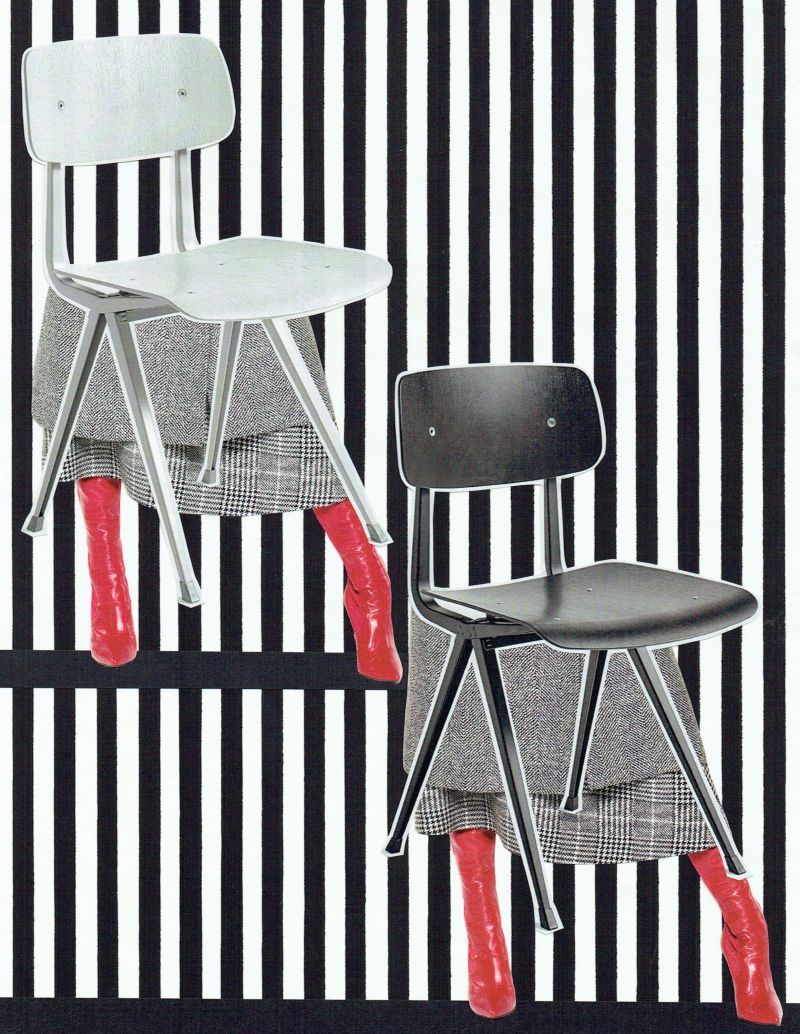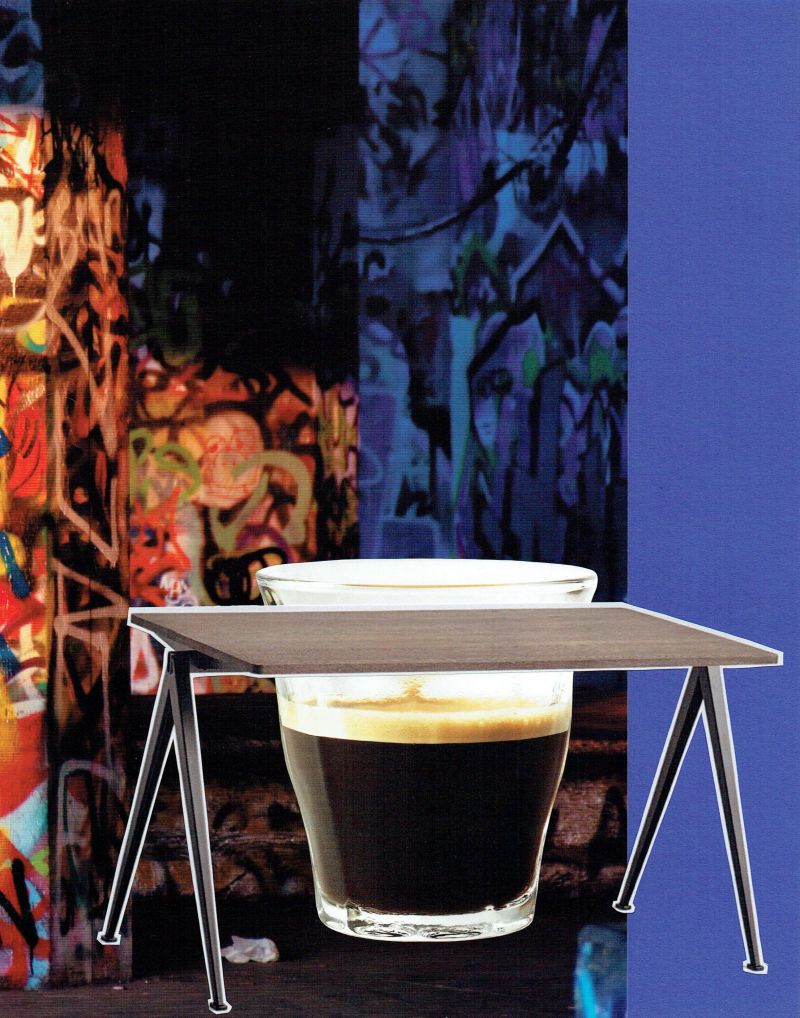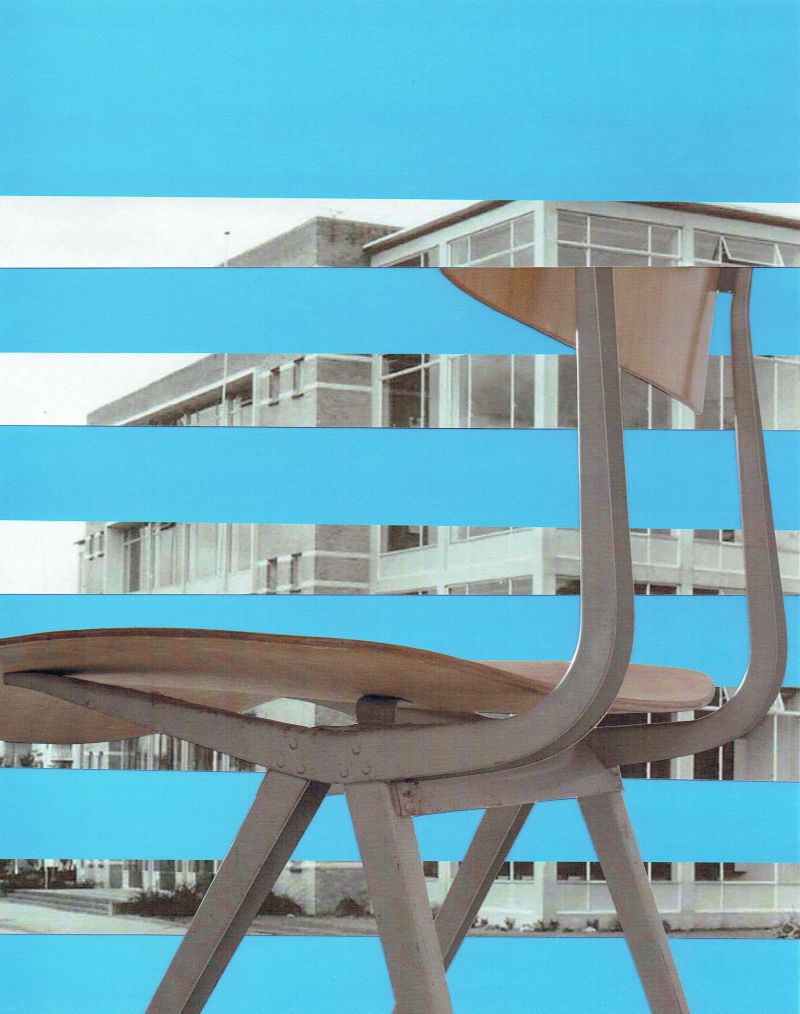Collaboration
‘If I have seen further, it is by standing on the shoulders of giants,’ wrote physicist Isaac Newton in the seventeenth century. This clear perspective is equally applicable to the creative minds of this day and age: architects, designers and producers create their best work when they make connections. Wim Rietveld (1924-1985) not only followed in his father’s footsteps, but also developed a signature of his own. Like Friso Kramer (1922-2019), his colleague at De Cirkel/Ahrend, Wim Rietveld was an industrial designer who pursued reproducibility: the largest possible production on the bas is of rationalized design. Starting from this process-oriented approach he developed a preference for geometric and modular systems. The Mondial, which Wim Rietveld designed with his father for the first post - war World Exhibition in Brussels, played a crucial role in his development. Gerrit Rietveld revived his architectural practice in the mid-1950s. He worked on Weverij De Ploeg parallel to his work on the design for the Dutch Expo ’58 pavilion. He involved his son Wimin the design of the Mondial for Gispen. To develop this ‘chair for the world’, Wim Rietveld fell back on the ‘Egyptian models’ that H.P. Berlage designed in the beginning of the twentieth century. The constructive solution consists of two elements. The inclined line of the front leg is a continuation of the back rest. The squared line of the back legs, in contrast, bends forward to support the seat. The rectangular sleeve in the intersection provides the connection between the left and the right. The typical triangular shape resurfaced a couple of years later in the Pyramide series for De Cirkel/Ahrend.







